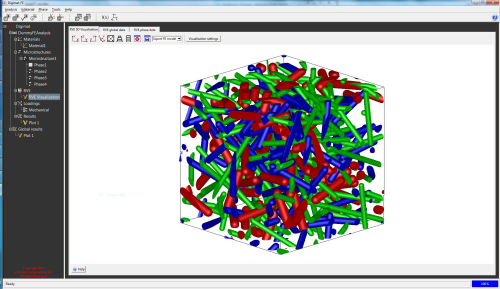
Engineers prize fibre reinforced plastics (FRPs) for their stiffness-to-mass ratio, which gives them the ability to reduce product weight. Too often, however, engineers give away the advantage of high strength and low mass by over-designing products to prevent failure.
FRPs’ newness is part of the over-designing problem. That will pass as engineers accrue experience working with them. In the meantime, however, they are needlessly sacrificing weight, cost and efficiency gains because they aren’t using the right technology tools.
| Most of the non-linear finite element analysis (FEA) and simulation tools on the market today were created with metals in mind. |
Most of the non-linear finite element analysis (FEA) and simulation tools on the market today were created with metals in mind. They assume the isotropic properties of metals rather than the anisotropic properties of FRPs.
Unlike the stiffness of metal parts, which is consistent throughout their geometries, the stiffness of parts designed in FRPs can vary widely in different areas of their geometries. That variation comes from the alignment of carbon fibres in FRPs’ epoxy resin matrices determined by production processes.
Engineers must be able to model production processes and fibre alignment to accurately predict how their FRP designs will respond to forces.



